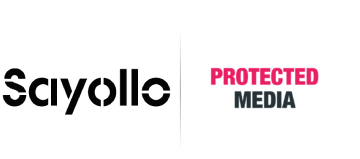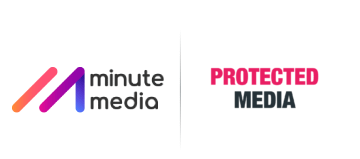by Asaf Greiner , Op-Ed Contributor, 15/11/2017
Ad fraud keeps making headlines, and everyone is wondering where it will go next. With bots multiplying and fraudsters becoming increasingly sophisticated, it’s becoming harder to predict where ad fraud is headed.
But here are some trends on the horizon for 2018:
1. Ad Fraud Climbs from $7 to 19 Billion – Not everyone agrees on the exact damages, but everyone agrees ad fraud is growing. Ad fraud was predicted to cost $7.2 billion in 2016, up nearly 1 billion, according to the ANA.
A study commissioned by WPP predicts budgets wasted on fraudulent traffic will reach $16.4 billion in 2017. According to Juniper Research, advertisers will lose an estimated $19 billion to fraudulent activities next year, equivalent to $51 million per day. It estimates that figure will hit $44 billion by 2022.
Fraudsters are not going away. Regardless of how many billions are being wasted, it’s a big problem that keeps getting bigger.
2. Bots for Rent – Ad fraud has now become franchised with the technology available for hire. Now anyone can rent a network of 200K bots. According to the botnet’s ad and information from BestBuy, customers can rent their desired quantity of Mirai bots for a minimum of two weeks. There’s even a published price list. Customers don’t receive a discount if they buy larger quantities of bots, but they do pay less if they have longer periods of time between attacks known as cool-down periods.
3. Bots Have Better Disguises –Fraudsters have worked diligently to create bots that resemble real human beings. They simulate mouse movement and can fake viewability, time-in-view and engagement rates to stay under the radar. In order to confront this threat in 2018, traffic quality measurement systems need to check holistic views of the traffic, including viewability and performance rates.
4. Superficial Collaboration Continues – Companies are joining forces to help keep ad fraud at bay. More partnerships and initiatives will be announced next year, although it’s not clear that skilled fraudsters will be deterred by these collaborations. IAB’s Display Trading Council members — Adform, Index Exchange, IAS, PubMatic, and Rubicon Project — have come together to create ads.txt to verify advertisers.
Google, Facebook, Appnexus and 20 other companies, have committed to IAB’s Gold Standard initiative to clean up online advertising by implementing the ads.txt initiative, adhering to the LEAN principles, and complying with the Coalition for Better Advertising standards.
5. Ads.txt Disappoints – Ads.txt is not getting the wide adoption it needs. Publishers are dragging their heels to get their tech teams to implement. Even though it’s fairly simple, requiring only the dropping of a text file on publisher web servers listing companies authorized to sell their inventory, it requires that coding and development teams have higher priorities, like developing revenue generating ad units.
Adoption for medium-sized and smaller publishers will be low, and over time, fewer publishers will maintain it. Advertisers that limit themselves to ads.txt traffic will find scarcity of inventory, and the opportunities they do have will be more expensive.
The remedy might be curing the disease, but also killing the patient. Of the 500 most-trafficked sites in the U.S., only 34 use ads.txt, according to a recent analysis by MarTech Today.
6. Blockchain Won’t Take Over – Blockchain has been thrown around as a potential cure for ad fraud. Regardless of what it can and can’t do, it can address only a small part of the fraud challenge. For blockchain to have an impact, it would require a significant number of implementations, which might not match the technical specs of current programmatic systems.
Crooks are clever, and players in the ad tech ecosystem are being called out for catching them. As the stakes rise, the investment in trying to keep damages down will increase.
There will never be a single silver bullet for a cure, but awareness, and implementing regular practices and methodologies to root out fraudulent traffic, is the best insurance policy to contain fraud.
If anything is for sure, it’s most here to stay.




